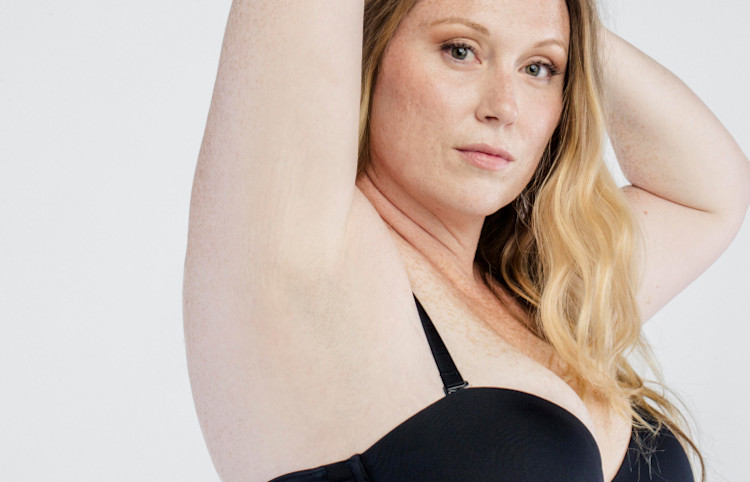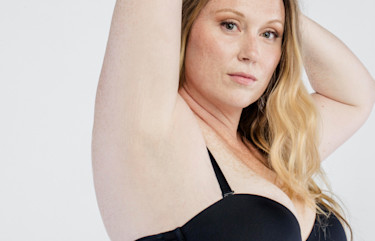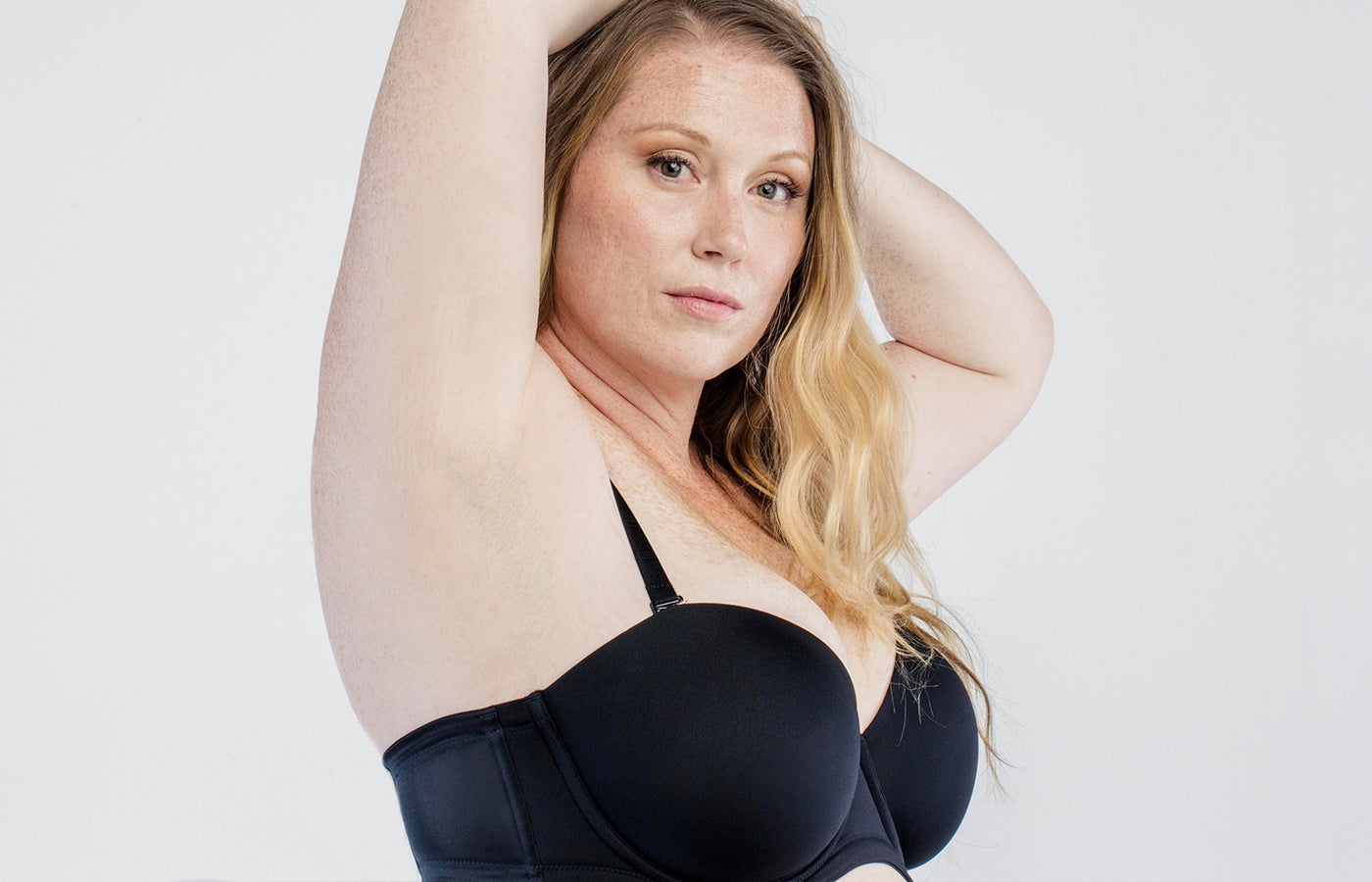Excessive Sweating
Excessive sweating, also known as hyperhidrosis, can be a frustrating part of everyday life. If your antiperspirant doesn’t do the job, effective treatment options are available.
Excessive sweating, also known as hyperhidrosis, can be a frustrating part of everyday life. If your antiperspirant doesn’t do the job, effective treatment options are available.
What causes it
Top treatments
Topical solutions
Other options to consider


Sweating is your body’s way of regulating its temperature. People with hyperhidrosis sweat much more than they need to, even when their body isn’t overheated from physical activity or a hot environment.
An estimated 15.3 million people in the U.S. have hyperhidrosis, and 70% of them report severe excessive sweating in at least one body area.
The most common form is primary axillary hyperhidrosis (excessive sweating in the armpits), but other commonly affected areas are the hands and feet. Some people also experience it on the face, on the scalp, between the breasts, in the groin, on the lower back, or on the buttocks.
According to the Cleveland Clinic, hyperhidrosis is caused by overactive eccrine glands, several million of which are distributed across the body. These glands secrete odorless, clear sweat that helps cool you down (odor occurs when bacteria on the skin break the sweat down). Overactive glands produce more sweat than your body needs.
There are two different types of hyperhidrosis.
- Primary focal hyperhidrosis, sweating profusely in only one area, often begins in childhood or adolescence. According to the Mayo Clinic, there’s no known medical cause for primary focal hyperhidrosis, which usually affects the armpits, palms (palmar hyperhidrosis), the soles of the feet, or sometimes the face: the nerves responsible for signaling your sweat glands simply become overactive. Primary hyperhidrosis causes at least one episode a week, usually while you’re awake, and occurs on both sides of your body. Most often, it’s hereditary and runs in families. It can be triggered or made worse by anxiety or heat, but people with this kind of hyperhidrosis often start sweating for no apparent reason. The condition isn’t dangerous, but it can impact your confidence, quality of life, and daily activities. It can also lead to skin infections.
- Secondary generalized hyperhidrosis, excessive sweating throughout the entire body, is less common and typically comes on later in life. Usually, it’s an unwelcome side effect of medication. It can also be triggered by pregnancy and menopausal hot flashes. More rarely, secondary hyperhidrosis is a sign of a serious medical condition, such as lymphoma or tuberculosis. If you’re experiencing generalized hyperhidrosis, check with your doctor to make sure nothing more serious is going on.
Before undergoing any treatment for excess sweat, it’s important to see your doctor, to rule out underlying medical conditions. Then you can begin exploring your options.
Unfortunately, there is no cure for hyperhidrosis, but these in-office procedures can help to alleviate the sweating.
- miraDry, an FDA-cleared treatment for hyperhidrosis that uses thermal energy to selectively heat and destroy overactive sweat glands, can be a great option for people with axillary hyperhidrosis. Along with immediately reducing sweating, miraDry (a type of microwave therapy) also lessens hair growth and odor in the treated areas. Chicago plastic surgeon Dr. Laurie Casas tells patients that they’ll experience a 60–70% reduction in sweating, odor, and hair growth with each miraDry treatment, though some patients have better results. Once the sweat glands are gone, they don’t regenerate, so results are permanent. miraDry has a relatively high Worth It Rating on RealSelf, with many members calling it “life-changing.” Others saw little to no difference in sweating. Only 2% of your body’s sweat glands are located in your underarms, so you’ll still perspire elsewhere on your body after miraDry. Find doctors who offer miraDry
- Botox injections can also treat excessive sweating by temporarily disabling the nerves responsible for activating the sweat glands (similarly to the way it relaxes muscles). Botox is FDA-approved for treating hyperhidrosis in the armpits, and that’s where it’s most effective. Some providers also use it off label in the palms, feet, and face. Typically, 50 units of botulinum toxin are injected into each armpit, 100 units into each palm or foot, and as many as 200 units for the lower back and buttocks. Your doctor should first numb the treatment area with a local anesthetic. Results typically last three to six months but may persist for as long as a year. If you have a medical diagnosis of hyperhidrosis and have already tried other options, like prescription antiperspirant, your insurance plan may cover Botox. (If it’s not covered, keep in mind that Botox typically costs $15–$20 per unit, so this option could be very expensive.) Find doctors who offer Botox
Fortunately, there are some topical solutions for hyperhidrosis.
- Medicated antiperspirants such as Drysol, Xerac Ac, or Secret Clinical Strength contain aluminum chloride, which treats excessive sweating by closing the sweat ducts. They’re most effective for mild cases of hyperhidrosis. Drysol can be used in armpits or on the scalp, hands, and feet. Carpe, a relatively new antiperspirant, has different products for the hands, feet, face, breast, underarms, and groin. It needs to be applied twice daily, with maximum results kicking in after four weeks.
- Qberexza prescription medicated wipes were FDA-approved in 2018 for treating axillary hyperhidrosis in people ages 9 and above. They contain the active ingredient glycopyrronium tosylate, which inhibits a neurotransmitter that activates your sweat glands. Clinical trials for Qbrexza showed a 50% reduction in sweat after four weeks of daily use, with less severe side effects than have been reported for oral medications. Qbrexza may also be covered by health insurance.
- Iontophoresis is also known as the “no-sweat machine.” An at-home treatment, it requires you to place your hands or feet in a shallow pan of tap water through which a low-voltage electric current is passed. The treatment “stuns” the sweat glands and decreases the secretion of sweat for a period of six hours to one week. Iontophoresis is most effective if it’s done every other day for 6–10 treatments, each of which usually takes 20 to 40 minutes. Many people obtain relief from iontophoresis; according to the Cleveland Clinic, after completing a series of treatments, up to 80% of people stop sweating in the treated area. Once you see results, you can repeat the treatment, as needed, to maintain them. However, this treatment can be time-consuming and painful for the affected area, so not everyone likes this option.
- Sweat gland removal surgery is a last resort for severe cases, if other treatments fail to bring relief. Your doctor can surgically remove the sweat glands from the underarms by cutting (excision) or scraping (curettage) them out, removing them with liposuction, or vaporizing them with a laser. You’ll be awake during the procedure, but the area will be numbed first, so you won’t feel any pain. Sympathectomy is a surgical procedure that’s used mainly to treat the palms. Performed in an operating room, sympathectomy stops the nerve signals that your body sends to the sweat glands. During the procedure, the surgeon cuts or destroys certain nerves, which are located by using a small surgical camera inserted into the patient’s chest, just beneath the underarm. Sympathectomy is major surgery: the patient’s lung must be temporarily collapsed so that the surgeon can interrupt the nerves.
Related: The 6 Most Effective Treatments for Excessive Sweating
Updated July 6, 2021

